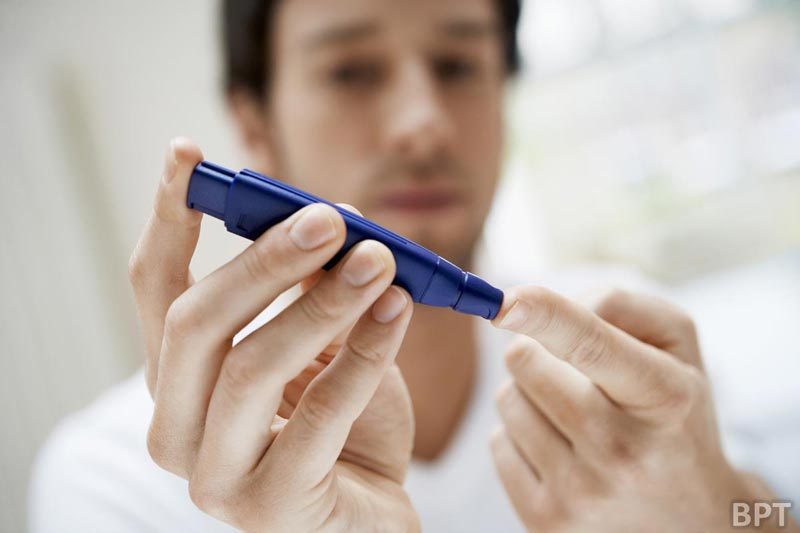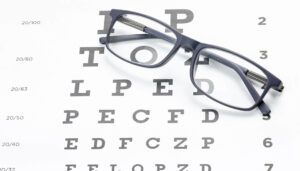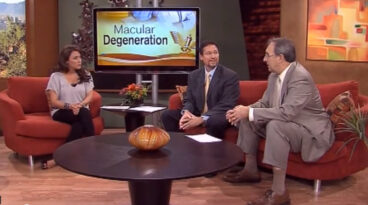With more than 8 percent of the American population having been diagnosed with diabetes, regular dilated eye exams are critical to prevent vision loss or other forms of eye diseases.
Diabetes is a disease that interferes with the body’s ability to use and store sugar, which can cause many health problems.
Too much sugar in the blood can cause damage throughout the body, including the eyes. Over time, diabetes affects the circulation system of the retina, the light-sensitive lining at the back of the eye.
Diabetes and Eye Diseases
“Many eye diseases show no symptoms until they are in an advanced stage. That is why we recommend that people with diabetes in particular have an eye examination by a doctor of optometry at least once a year,” says Doctor of Optometry Tina MacDonald, a Certified Diabetes Educator and a member of the AOA’s Health Promotions Committee.
“When the eyes are dilated, an eye doctor is able to examine the retina for signs of diabetic eye disease and prescribe a course of treatment to help preserve an individual’s sight.”
Only 32 percent of respondents are aware that diabetic eye disease often has no visual signs or symptoms, according to the AOA’s 2013 American Eye-Q consumer survey.
Additionally, only 39 percent know that diabetes can be detected through a comprehensive eye examination.
People with diabetes are at greater risk for eye diseases and vision disorders.
People with diabetes are at a significantly higher risk for developing eye diseases including glaucoma, cataracts, and diabetic retinopathy. Retinopathy is one of the most serious sight-threatening complications of diabetes.
Those with diabetes are 40 percent more likely to suffer from glaucoma than people without. Glaucoma is a type of eye disease characterized by damage to the optic nerve resulting in gradual peripheral vision loss.
Many people without diabetes will get cataracts, but those with the disease are 60 percent more likely to develop this eye disease condition.
People living with diabetes also tend to get cataracts at a younger age and have them progress faster. With cataracts, the eye’s clear lens clouds, blocking light and interfering with normal vision.
Diabetic retinopathy is a condition that causes progressive damage to the retina. Damage to the tiny blood vessels that nourish the retina causes swelling of retinal tissue and clouding of vision. If left untreated, diabetic retinopathy may lead to blindness.
Diabetes and Eye Diseases; Warning Signs
Early warning signs of diabetic eye and vision disorders are often subtle or undetected. Therefore high-risk individuals look for initial signs and contact a doctor of optometry if any of the following symptoms are present:
- Sudden blurred or double vision
- Trouble reading or focusing on near-work
- Eye pain or pressure
- A noticeable aura or dark ring around lights or illuminated objects
- Visible dark spots in vision or images of flashing lights
Diabetic Management Tips
In addition to having a yearly, comprehensive eye exam, the AOA offers the following tips to help prevent or slow the development of diabetic eye disease:
- Take prescribed medication as directed
- Keep glycohemoglobin test results (“A1c” or average blood sugar level) consistently under 7 percent
- Stick to a healthy diet that includes omega-3s, fresh fruits, and vegetables
- Exercise regularly
- Control high blood pressure
- Avoid alcohol and smoking
Summary
Diabetes is a disease that interferes with the body’s ability to use and store sugar, which can cause many health problems. Eye diseases are some of the most common results of different stages of diabetes
If you are living with diabetes, make sure you are sensitive to symptoms like sudden blurred vision, and eye pain among others, as explained in this article.
Furthermore, personal care such as taking correctly prescribed medications, and daily exercise will help, among others that we have discussed.
If you are diabetic or you are taking care of a diabetic patient and you have questions or opinions, kindly drop them in the comment section. We would like to hear from you.







